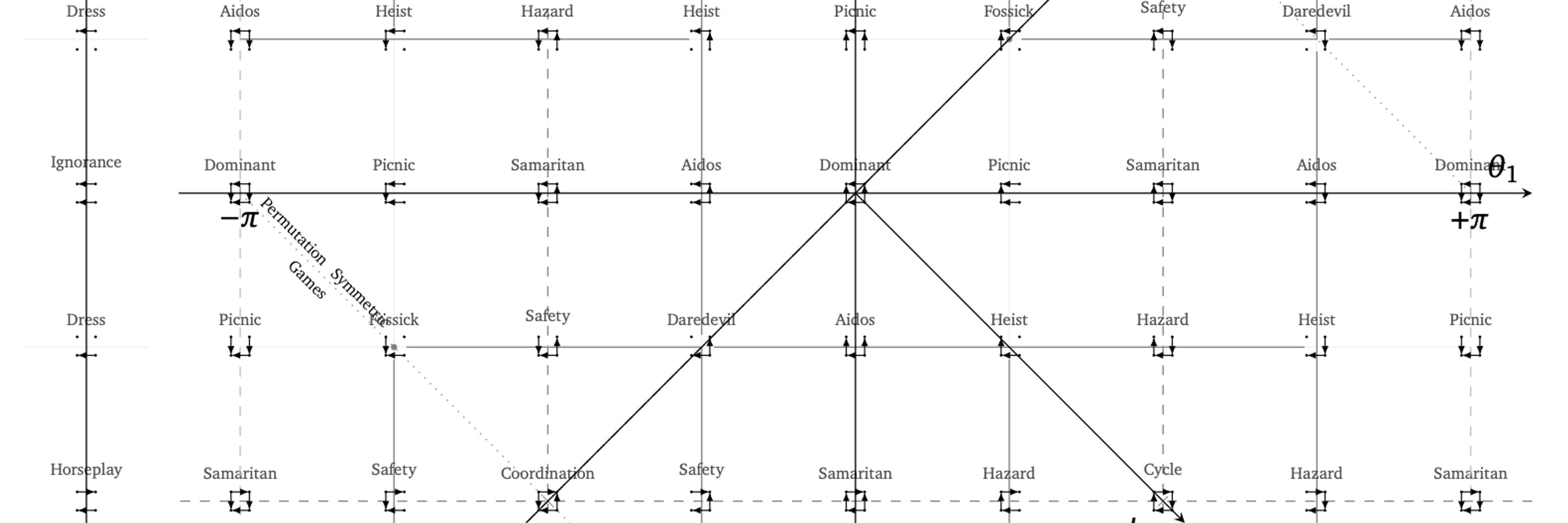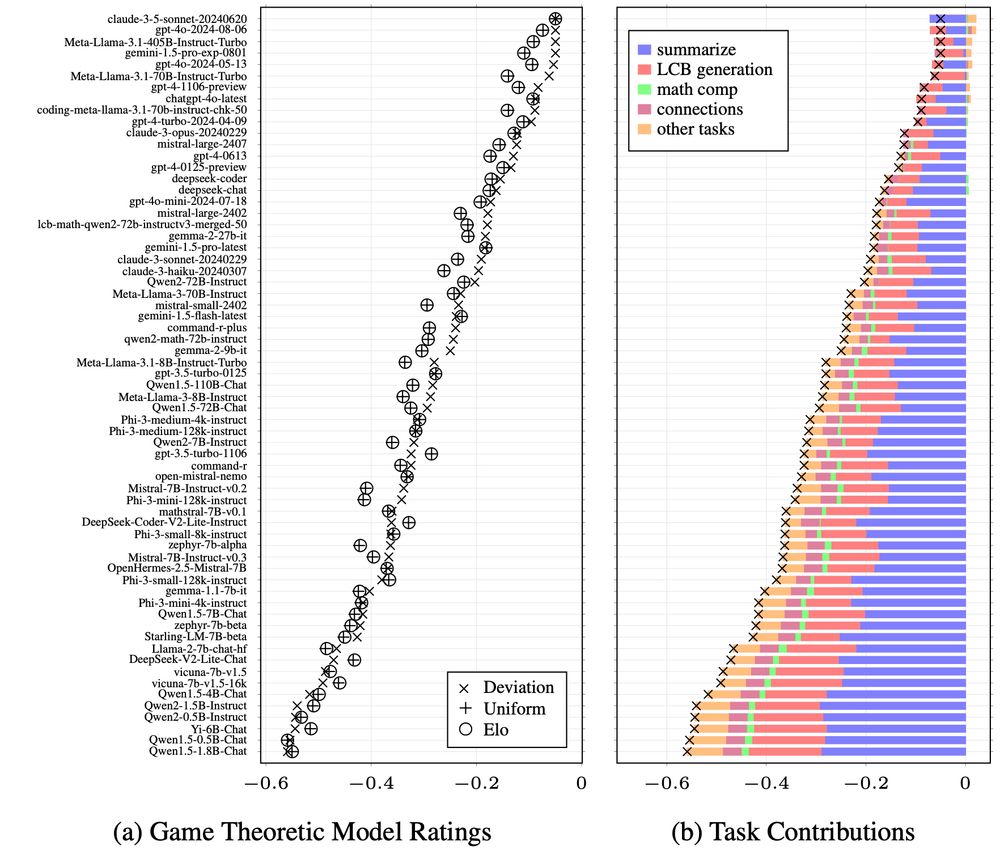
Interests in game theory, reinforcement learning, and deep learning.
Website: https://www.lukemarris.info/
Google Scholar: https://scholar.google.com/citations?user=dvTeSX4AAAAJ

iclr.cc/virtual/2025... #IRL
iclr.cc/virtual/2025... #IRL
arxiv.org/abs/2502.20170
arxiv.org/abs/2502.20170




